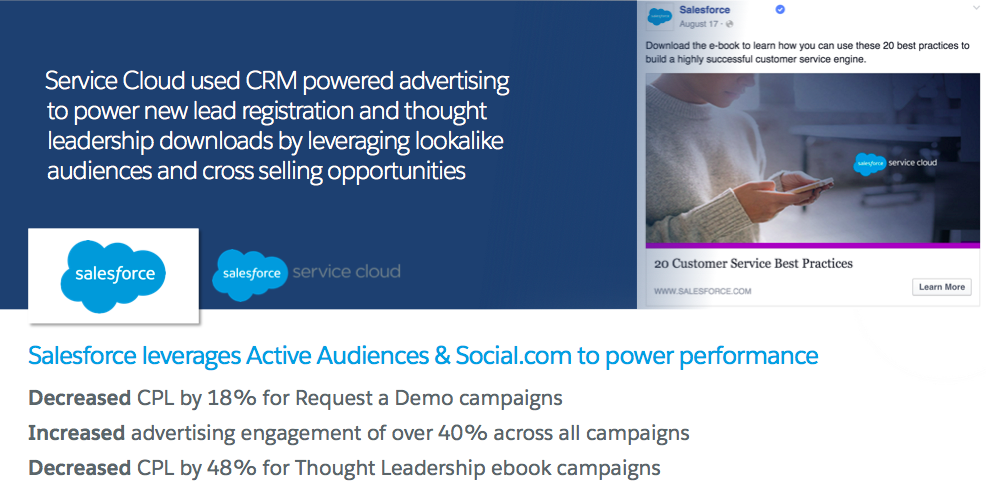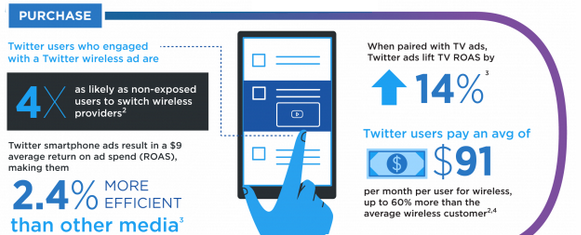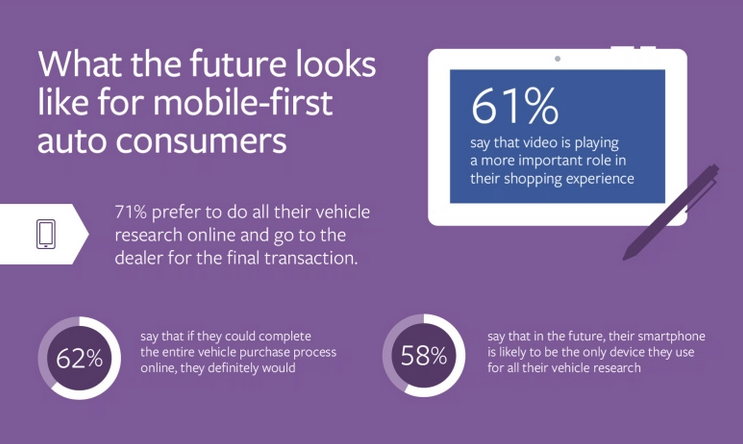
Get your FREE 30-day trial.
Please complete all fields.
As a savvy advertiser, you have many targeting options available across various platforms, but ultimately you want to find the audience that will deliver the best results for your business objectives, at the lowest cost. To do that, you need to test various audience segments, launch timely campaigns, and focus on where your audience will engage with your ad. Let’s take a look at examples from B2B from Twitter, and the automotive industry.
The advertising landscape is shifting towards targeting real people based on what you know about your customers, going beyond the traditional broad-targeting methods. Salesforce Service Cloud wanted to test the effectiveness of interest targeting compared to targeting specific people on Facebook using Custom Audiences. The goal was to target users on Facebook that were on Facebook with a likely interest in Service Cloud. We created this audience in two ways, with the first being a Lookalike Audience on Facebook built using a seed audience of a segment of our existing Service Cloud customers. In addition, we targeted Sales Cloud customers who were not currently Service Cloud customers, a great example of cross-selling across our products at Salesforce.
In our two campaigns, we had one call-to-action of requesting a demo of Service Cloud and one for downloading an ebook. Our metrics for success for this were a combination of great ad engagement and then ultimately increasing lead conversion rate and reducing CPL while growing overall lead volume. When comparing these segments to interest based targeting, we saw a decrease in the cost per lead (CPL) by 18% for request a demo offers and 48% for campaigns promoting ebook downloads, all while increasing engagement by 40%. Use your customer data to create customer segments and make sure to test and optimize spend towards audiences that achieve your business objectives.

In addition to deciding who to target, deciding when to launch an advertising initiative or schedule an always-on campaign is crucial to achieving optimal results. Plan your Twitter ad campaigns in conjunction with TV advertising during major events or holidays or base your timing on where a customer is in your marketing funnel. Twitter published an infographic based on a study by Millward Brown which highlights how Twitter impacts the purchase decisions for wireless shoppers. Advertisers promoting wireless subscriptions achieve a 14% lift in return on TV ad spend when paired with Twitter ads. Additionally, users are four times more likely to switch wireless providers when exposed to a Twitter ad compared to users that did not see the ad. Incorporate Twitter ads throughout the purchase cycle and advertise in the moments users are prime to take action.

How consumers begin their shopping journeys constantly evolves. Your customer may start research on one device, but finish their purchase on another. For automotive advertisers, mobile is becoming increasingly important as consumers continue to go mobile-first for reaching vehicle purchases. According to an infographic from Facebook IQ, “27% of people in the US report doing most of their vehicle research on a mobile device.” Key consumer segments have even higher percentages of mobile-first shoppers: 45% of Millennials (ages 18–34), 48% of Hispanics, and 41% of people with household incomes greater than $200,000. When asked about future shopping habits, 61% of mobile-first auto consumers say video plays an increasingly important role in the shopping experience and 62% say they would complete the transaction for a vehicle entirely online if they could. Advertise to consumers where they are currently spending their time, but also stay ahead of trends to plan and scale for the rapidly changing digital landscape.

Stay ahead of the latest trends by downloading our whitepaper: Advertising Trends: Video Takes Over Digital, Mobile Advertising.